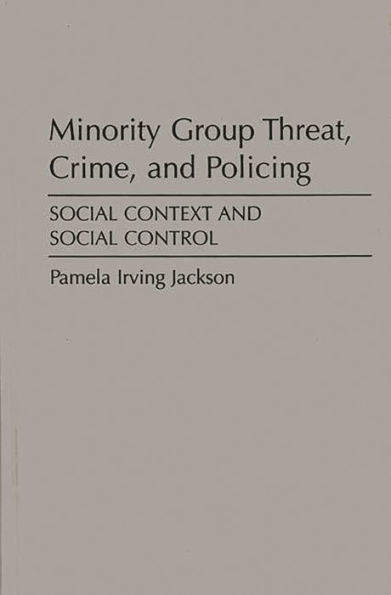5
1
9780275929831


Minority Group Threat, Crime, and Policing: Social Context and Social Control / Edition 1 available in Hardcover

Minority Group Threat, Crime, and Policing: Social Context and Social Control / Edition 1
- ISBN-10:
- 0275929833
- ISBN-13:
- 9780275929831
- Pub. Date:
- 07/07/1989
- Publisher:
- Bloomsbury Academic
- ISBN-10:
- 0275929833
- ISBN-13:
- 9780275929831
- Pub. Date:
- 07/07/1989
- Publisher:
- Bloomsbury Academic
95.0
In Stock

Product Details
| ISBN-13: | 9780275929831 |
|---|---|
| Publisher: | Bloomsbury Academic |
| Publication date: | 07/07/1989 |
| Pages: | 168 |
| Sales rank: | 583,063 |
| Product dimensions: | 6.14(w) x 9.21(h) x 0.44(d) |
| Lexile: | 1530L (what's this?) |
About the Author
From the B&N Reads Blog
